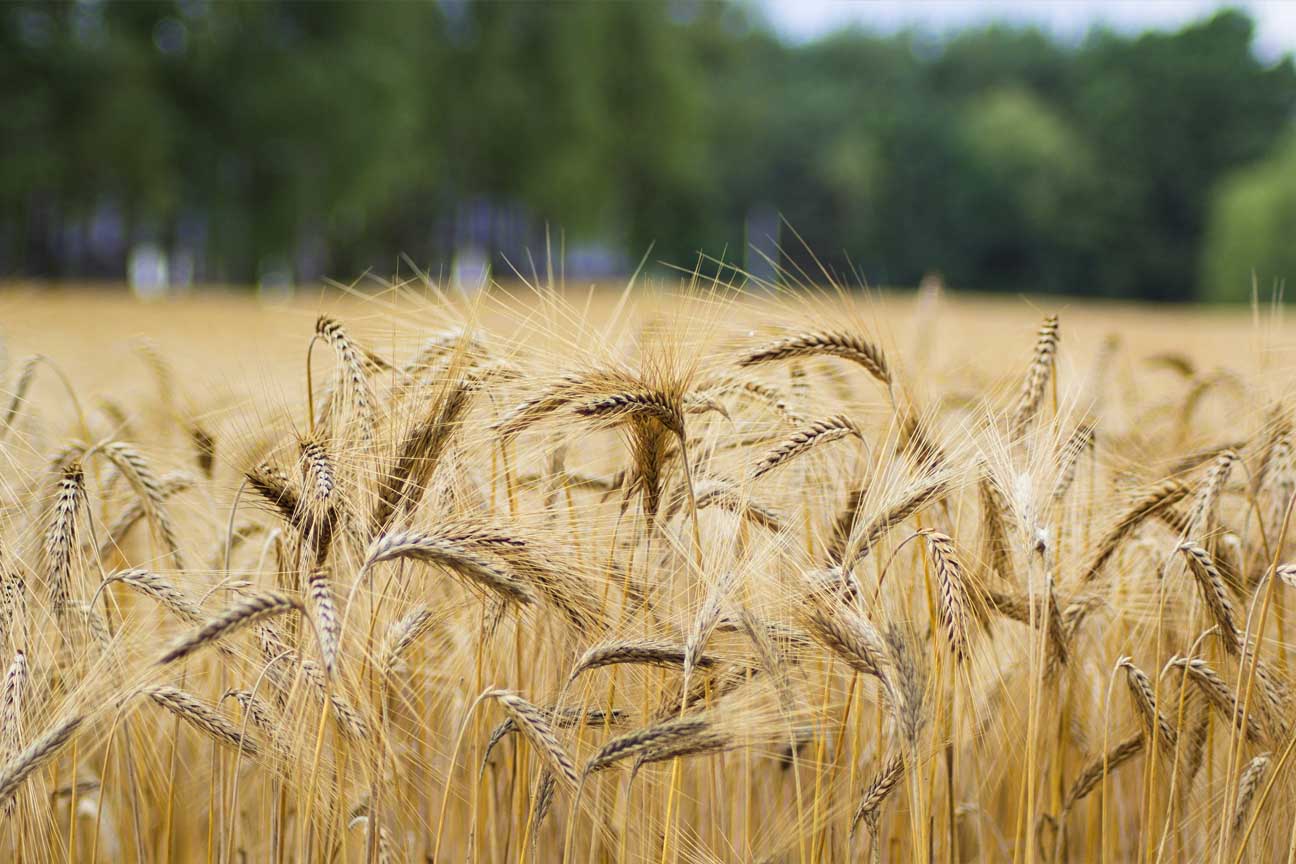
A team of researchers from Queen Mary University of London and the Royal Botanic Gardens have found out how the ratio of applied nitrogen and phosphorus affects the efficiency of biomass and seed production, World of NAN reports with reference to the University of London.
Studying wheat plants, scientists have found that the crop uses nitrogen and phosphorus fertilizers in a ratio of 21 nitrogen atoms to one phosphorus atom. That is, nitrogen and phosphorus in a ratio of 21:1, any nitrogen or phosphorus outside this ratio is wasted, since it does not increase the yield of wheat.
"This pattern is likely to apply to all crops. Currently, global fertilizer use has an N:P ratio of 2.1:1 to 4.3:1, which is significantly higher than the optimal level. This waste accumulates in soils and water bodies, harming the environment and increasing costs for farmers and consumers. "However, unlike nitrogen, phosphorus is a finite resource," said Professor Andrew Leitch, from the University of London.
The scientists believe that reducing phosphorus emissions could significantly improve biodiversity and ecosystem health without affecting crop production. They hope that their discovery will help farmers reduce their use of fertilisers.
Смотрите больше интересных агроновостей Казахстана на нашем канале telegram,
узнавайте о важных событиях в facebook и подписывайтесь на youtube канал и instagram.









































Обсуждение